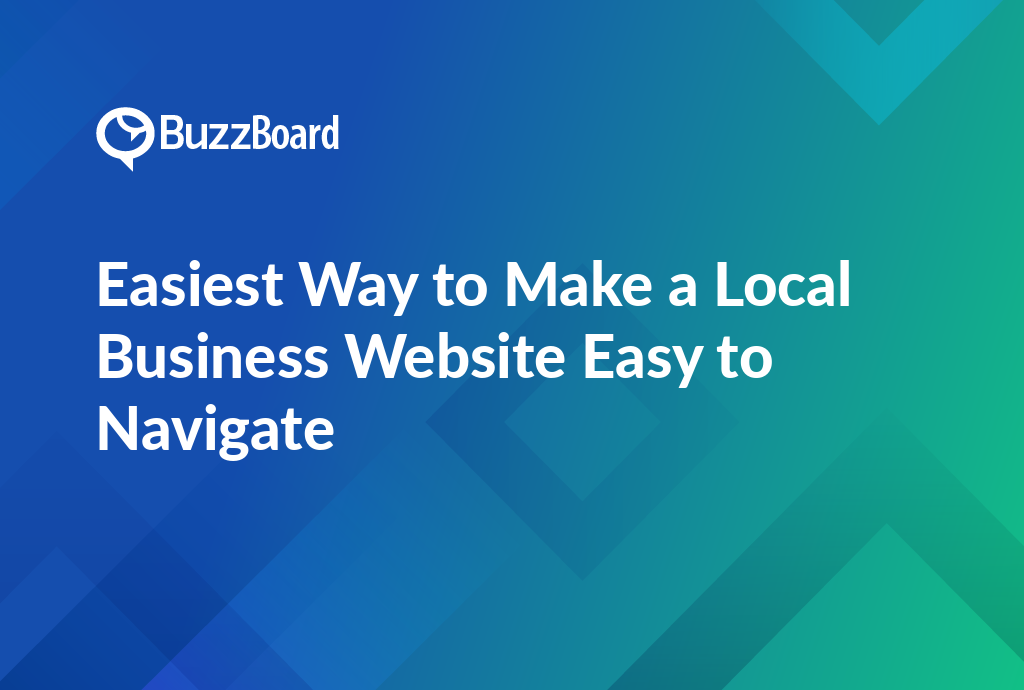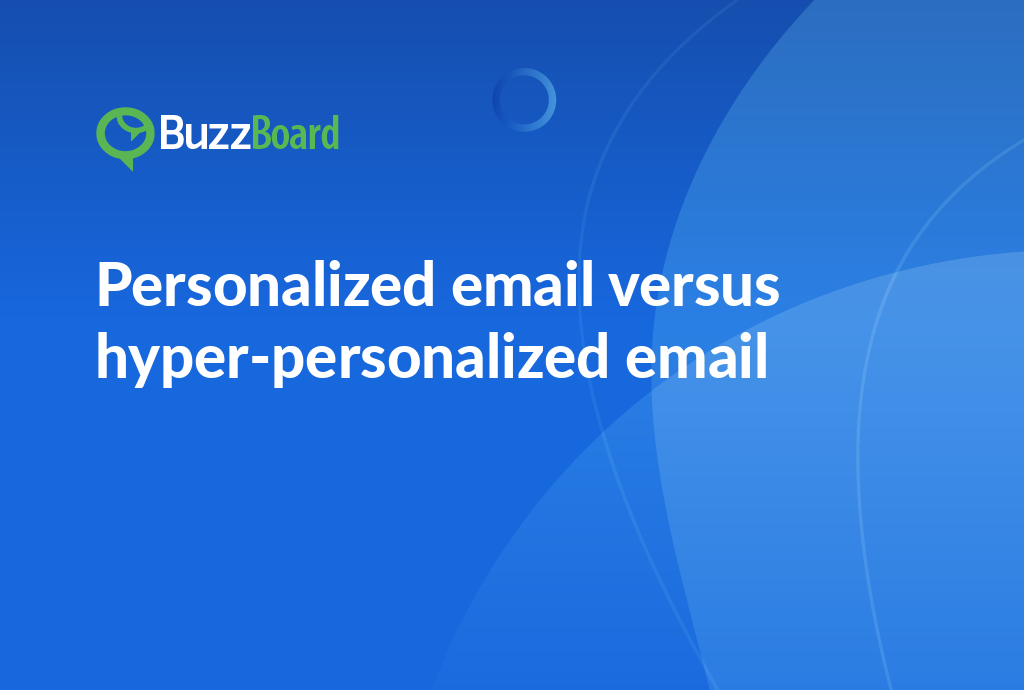The Significance of Website Navigation in Digital Marketing and How It Directly Impacts Client Engagements
Understanding the significance of website navigation in digital marketing is crucial for sales representatives at a digital marketing agency. When working with small and local businesses, ensuring their websites are easy to navigate is paramount.
The website acts as the centerpiece of a local business’s online presence and sets the tone for customer experience. The design of a website’s navigation system can substantially impact the business’s success. In essence, a poorly designed navigation system frustrates users, while a well-designed system ensures ease of navigation and promotes customer engagement.
Website navigation significantly determines how long potential clients stay on the site. It influences bounce rates and drives conversions. Interestingly, users often exit a website within 10 to 20 seconds, but a smooth navigation experience can entice them to stay longer, learn more about the services offered, and potentially result in conversion.
For sales representatives, understanding how website navigation directly impacts client engagement can assist in developing compelling proposals for digital marketing services.
Through guidance on optimal website design, we can ensure clients’ customers find what they need swiftly and effortlessly. This user-friendly approach can be a game-changer in today’s competitive digital space. Contact us today to learn how we can enhance your clients’ user experience.
Different Website Design Principles That Make a Local Business Website Easier to Navigate for Users
As sales representatives at digital marketing agencies, it’s critical to understand the finer aspects of creating an online presence for clients, especially those operating local businesses. One major component of this is website design. It’s not simply about having a visually appealing website; it must also offer easy navigation for users. Today, we’ll delve into the website design principles that can make navigation a breeze on a local business website.
Think of website navigation as the GPS of your client’s website. It’s an essential guide for users as they journey from one page to another. Without clear, intuitive navigation, users may get frustrated and exit the site, undermining your digital marketing efforts.
Key to easy navigation is a straightforward layout. The menu needs to be intuitive and simple to comprehend. During the design process, consider placing the most crucial information within the ‘F-pattern’. Research indicates that users often scan websites in an ‘F’ pattern, paying the most attention to the top and left side of the page.
Adopting a mobile-first approach is also significant. Many local business website visitors are using mobile devices. Therefore, guaranteeing that the site is both attractive and efficient on smaller screens can greatly enhance user experience and navigation.
Furthermore, clear calls to action (CTAs) are paramount in guiding users on their website journey. Whether it’s for signups, purchases, or contacts, ensure that each page has a clear, clickable action.
As a digital marketing agency representative, understanding these principles can elevate the services you deliver to clients, ensuring their local businesses thrive online through website designs that are easy to navigate.
How a Digital Marketing Agency Can Effectively Create Easy-to-Navigate Websites for Local Businesses and the Potential Challenges to Overcome
Digital marketing agencies play a critical role in helping local businesses establish a strong online presence. One vital component of this digital authority is creating a website for the local business that is easily navigable. Smooth navigation profoundly influences a visitor’s experience, and consequently, their decision to engage with the business.
Designing an easily navigable website comprises key features like intuitive, user-friendly design, logical information flow, and clear, concise content. This task is quite hefty for a digital marketing agency, considering variations in customer browsing habits, the diverse needs of businesses, and the multitude of device platforms being used today.
While website creation is not an unbeatable challenge, it demands a deep understanding of the client’s business and their audience’s digital behavior. It’s not just about simplifying website navigation; it’s about structuring it in a way that encourages the user to delve deeper into the website and engage further. Striking a balance between aesthetics and functionality is the key.
On the other hand, potential hurdles for digital marketing agencies include staying abreast of evolving design trends, dealing with the ever-growing number of mobile users, ensuring the website is SEO friendly, and maintaining the website’s performance and speed. Each of these challenges brings unique complexities, but with careful strategizing and proactive solution implementation, these potential pitfalls can be kept under control.
In the current digital era, excelling in creating user-friendly websites for local businesses will set digital marketing agencies apart on their journey to success. Sales representatives play a vital role in this process. They act as the liaison between client needs and agency expertise, delivering insights and solutions that yield impactful results.
Case Study of Local Business That Has Successfully Improved Its Website Navigation and Witnessed Positive Client Outcomes
In small business digital marketing, making a local business website user-friendly can profoundly impact client results. A perfect example is Joe’s Coffee Shop, a local business that paired up with a digitally savvy marketing agency.
Before the overhaul, the shop’s website was cluttered, making it challenging for users to find essential information, including operating hours, menus, or location. More critically, the absence of an online ordering system impeded potential customers and sales.
Identifying these issues, the digital marketing agency redesigned the website to focus on user-friendliness. They introduced a cleaner, less crowded layout, a dedicated menu page, a conspicuous display of the shop’s operating hours and contact information, and an easy-to-use online ordering system.
Post-redesign, increased website traffic and online orders resulted in a remarkable 47% surge in Joe’s Coffee Shop’s sales within the initial six months. Additionally, high customer satisfaction levels with the upgraded user-friendliness translated into higher return client rates, which is crucial for local business growth.
This case study demonstrates that easy navigation is a critical factor in website design and yields enhanced client results. For sales representatives at digital marketing agencies, concentrating on this strategic aspect is essential for client success and growth. By becoming a navigation-focused agency, you can assist local businesses like Joe’s Coffee Shop to boost conversions and nurture a satisfied customer base.
Actionable Tips to Make a Local Business Website More User-Friendly and Easy to Navigate
Creating an easy-to-navigate website for a local business isn’t just about aesthetics; it also plays a crucial role in customer retention and conversion rates.
Here are some practical tips to improve the website navigation for your local business clients:
Enhanced website navigation can improve user experience, increase conversion rates, and boost revenue for local business websites. As a representative of a digital marketing agency, keep these points in mind while designing or re-designing your client’s website for optimal results.
Remember, the ultimate goal is to make local business websites easy to navigate. A user-friendly site means satisfied customers and a higher likelihood of return visits in the future.









